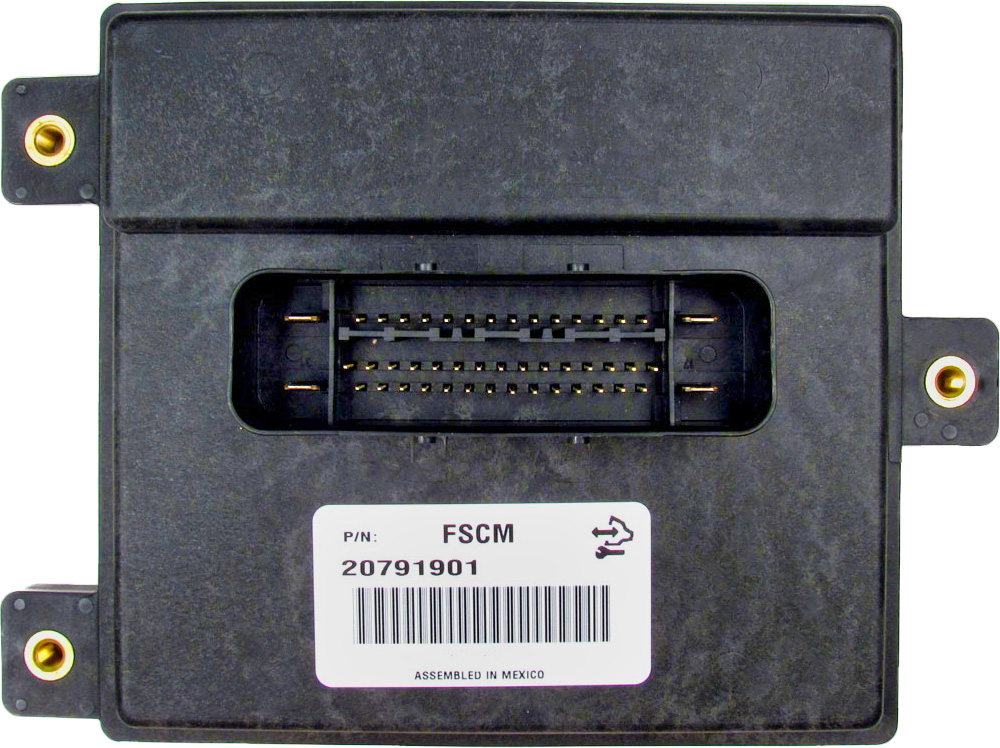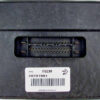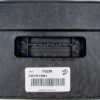Is Your 2008-2009 GM Truck or SUV Stalling, Hesitating, or Refusing to Start?
If you’re experiencing frustrating fuel delivery issues with your Chevrolet Avalanche, Silverado, Tahoe, or another compatible GM vehicle, a faulty Fuel Pump Control Module (FPCM) is the most likely culprit. This critical component, also known as a Fuel System Control Module (FSCM), is responsible for precisely managing the voltage sent to your fuel pump. When it fails, it can leave you stranded with a vehicle that cranks but won’t start, stalls unexpectedly, or suffers from poor engine performance. Don’t replace the entire fuel pump assembly until you’ve diagnosed the FPCM—it’s a common failure point that’s often misdiagnosed.
This is a direct-fit replacement Fuel Pump Control Module, part number 15213110, for a wide range of 2007-2009 GM vehicles. The most significant benefit we offer is that this module comes fully programmed to your vehicle’s specific Vehicle Identification Number (VIN). This completely eliminates the need for an expensive trip to the dealership for programming. You get a true plug-and-play solution, flashed with the latest GM software updates to ensure optimal performance and reliability, addressing many of the original factory issues.
From the Diagnostic Bay
I once had a 2008 Silverado 1500 towed in with a classic “crank, no start” condition. The owner had already spent hundreds on a new fuel pump, convinced it was the problem. When he turned the key, I couldn’t hear the pump prime. My first check wasn’t the pump, but the FPCM. These modules are mounted on the frame rail, exposed to water, salt, and road debris, leading to corrosion and internal failure. Sure enough, the diagnostic scanner pulled a P069E code—the tell-tale sign of an FPCM communication error. We installed one of our pre-programmed modules, and the truck fired up on the first try. The customer could have saved time, money, and a lot of frustration by starting with the real source of the problem.
Diagnosing a Failing 2008-2009 Avalanche FPCM
The Fuel Pump Control Module is the brain behind your fuel pump. It receives commands from the Engine Control Module (ECM) and adjusts the pump’s speed to deliver the precise amount of fuel the engine needs. This is more efficient than old-style systems that ran the pump at full speed constantly. However, this complexity introduces a new point of failure. Here are the most common symptoms and signs that your FPCM is failing:
Common Symptoms of a Bad FPCM
- ✔ Engine Cranks but Won’t Start: The most common symptom. The FPCM isn’t commanding the fuel pump to turn on, so no fuel reaches the engine.
- ✔ Sudden Stalling: The vehicle may start and run for a few minutes, or even hours, before stalling unexpectedly when the module overheats or fails intermittently.
- ✔ Hesitation and Sputtering: Inconsistent voltage from the FPCM can cause fluctuating fuel pressure, leading to hesitation during acceleration.
- ✔ Reduced Engine Power: The engine may feel sluggish or lack its usual power if the fuel pump isn’t supplying enough fuel under load.
- ✔ Check Engine Light with Code P069E: This Diagnostic Trouble Code (DTC) specifically points to a fault in the Fuel Pump Control Module Requested MIL Illumination. It’s a strong indicator that the FPCM is the problem. Other related codes include P0230 and U0109.
- ✔ No Fuel Pump Priming Sound: When you turn the key to the ‘on’ position, you should hear a faint 2-second hum from the fuel tank as the pump primes. If it’s silent, the FPCM is likely not activating it.
The Plug-and-Play Advantage: VIN Programming Included
Normally, replacing an FPCM requires purchasing the part and then taking your vehicle to a GM dealership or a well-equipped independent shop to have it programmed with a proprietary scan tool. This process adds significant cost and downtime. Our solution simplifies the repair entirely. By providing your VIN during checkout, you receive a module that is loaded with your vehicle’s exact software and the latest updates from General Motors. This ensures perfect communication between the new FPCM, the ECM, and the rest of your vehicle’s systems. It is ready for installation right out of the box.
This module is a compatible replacement for a range of part numbers, including: 13501024, 15213110, 20759945, 20850907, 25785013, 25854536, 25866052, and 25967325.
Installation is Straightforward
On most compatible trucks and SUVs like the Avalanche, Silverado, and Tahoe, the FPCM is located on the driver’s side frame rail, near the spare tire. While installation can be done by a confident DIYer, we always recommend consulting a service manual for your specific vehicle. The general process involves disconnecting the battery, safely raising the vehicle, locating the module, disconnecting the electrical connector, unbolting the old module, and installing the new one in its place. Since our module is pre-programmed, there are no further steps required. Just reconnect the battery and start your engine.
Frequently Asked Questions
Do I absolutely need to provide my VIN?
Yes. The Fuel Pump Control Module is a computerized component that must be precisely matched to your vehicle’s factory configuration. Without your VIN, we cannot program the module, and it will not function in your vehicle. Please provide your 17-digit VIN at checkout to prevent any shipping delays.
Where is the FPCM located on a 2009 GMC Sierra 1500?
On the 2007 (new body style) through 2009 Sierra and Silverado pickups, the FPCM is typically mounted to the frame crossmember on the driver’s side, just in front of the spare tire. It’s exposed to the elements, which is a primary reason for its high failure rate.
Will this fix a P069E trouble code?
Yes, in the vast majority of cases, the DTC P069E is caused by a failed FPCM. Replacing the module with this pre-programmed unit is the definitive repair for that specific code, restoring proper communication and fuel pump control.
Is this a brand new GM part?
This is a high-quality, fully tested replacement part that meets or exceeds original equipment specifications. It is guaranteed to perform correctly and is loaded with the latest genuine GM software for your vehicle.
Is this part difficult to install myself?
For someone with moderate mechanical experience, the physical replacement is straightforward. It typically involves removing two bolts and one electrical connector. The most difficult part is often working safely under the vehicle. The key benefit here is that the complex programming step is already done for you, making the job much simpler.



